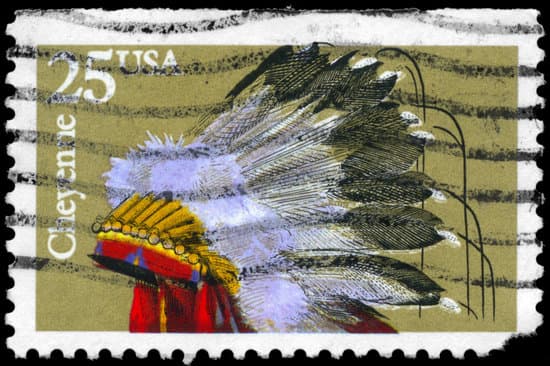
Feature Photo by Canva
Posts may contain affiliate links. As an Amazon Associate, we earn from qualifying purchases and collect a small commission at no cost to you. This helps my blog to keep going. Thank you! For more info, read my disclosure policy.
About 10 million Native Americans were the first people to settle in America, or what is now known as North America. It is believed they traveled to America from Asia and crossed a land bridge across the Bering Sound, to arrive in Alaska.
The Spanish, England and Pilgrims came to America
The Spanish were among the first Europeans to explore the New World and the first to settle in what is now the United States.
England by 1650, however, had established a dominant presence on the Atlantic coast. The first colony was founded at Jamestown, Virginia, in 1607. Many of the people who settled in the New World came to escape religious persecution.
In 1620, The Pilgrims, founders of Plymouth, Massachusetts, arrived. In both Virginia and Massachusetts, the colonists flourished with some assistance from Native Americans. New World grains such as corn kept the colonists from starving. Tobacco provided a valuable cash crop in Virginia.
A nation is not conquered until the hearts of its women are on the ground. Then it is finished, no matter how brave its warriors or how strong their weapons.
— Cheyenne Proverb
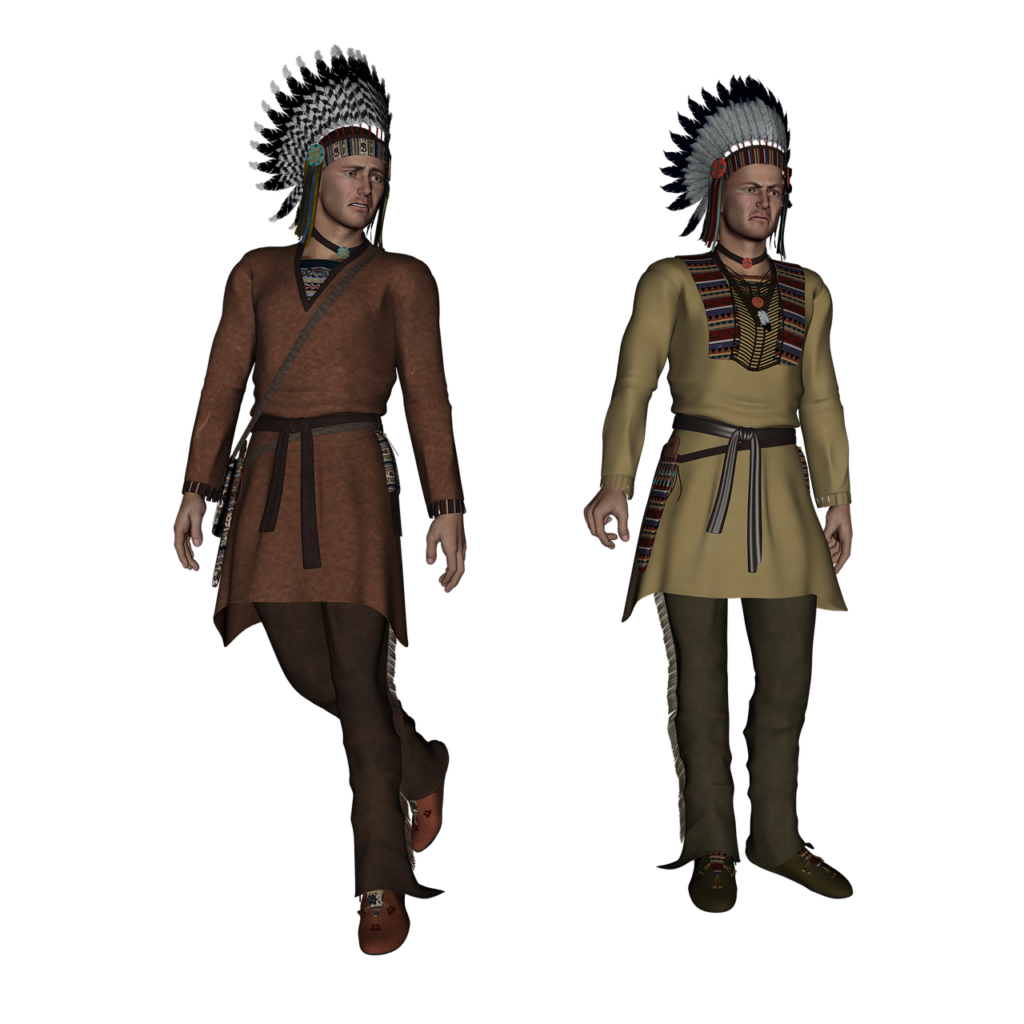
Learning my heritage
I grew up being told that my great grandmother was full Cheyenne and was married to a French Canadian man. This was on my father’s side of the family.
My dad’s parents died in an auto accident when he was eleven years old, so he had to raise himself. He said he had a brother who died in the war, but I never knew of any other relatives that he spoke of.
I have been on Ancestry for many years before they were doing DNA tests. When that became available, I decided to have the test and see what percent they would show me as a Native American descendant.
I was so excited to get the results as I would have proof of my heritage, and I was proud to be of the Cheyenne heritage.
I was shocked when I saw the results, as it did not show the Indian heritage at all, nor the French ancestry! Now I had doubts if my dad really knew what heritage his ancestors were from, and that he might have made all this up.
My thoughts were saying, “why would he do that, and maybe he just didn’t know.” I realized I need to do more research and apply for my dad’s birth certificate to see if his parent’s names match the names on his social security card.
When I did the DNA test I also learned that each sibling can pick up different genes than the other siblings, so all need to be tested to increase the family tree, historical communities and discover more cousins. So I will see if they will get tested to answer more questions on our heritage.
History of the Cheyenne tribe location and lifestyle
1680 was the Cheyenne tribe’s first encounter with white people at De La Salle’s Fort in Illinois to sell their pelts.
Their name comes from the Sioux word ‘Shai-ena’ meaning “Strange Speech People” as when they entered the Sioux lands no one could understand their language, Algonquian.
The Cheyenne tribe originally lived as farmers in Earth Lodges, a typical structure using wood frames packed with earth and grass and in harsh climates without large forests, such as the grass-covered prairies of the western plains, in the Sheyenne River Valley, Valley City, North Dakota. They were forced by the French and Chippewa allies to go west to the Great Plains.
They lived in the American Great Plains region in the states of Minnesota, Montana, Oklahoma, and parts of Colorado, Wyoming, and South Dakota. The land was grass-covered prairies with some streams and rivers and the climate was hot summers and cold winters.
The Cheyenne tribe was powerful and fiercely resisted the white man’s invasion of the Native American lands on the Great Plains.
In 1780, the Cheyenne tribe changed their lifestyle to become “nomadic buffalo hunters” who lived in tepees and hunted different types of game including buffalo.
These were supplemented with roots and wild vegetables such as spinach, prairie turnips, and potatoes and flavored with wild herbs. Wild berries and fruits were also added. When food was scarce the tribe ate dried buffalo meat, called pemmican.
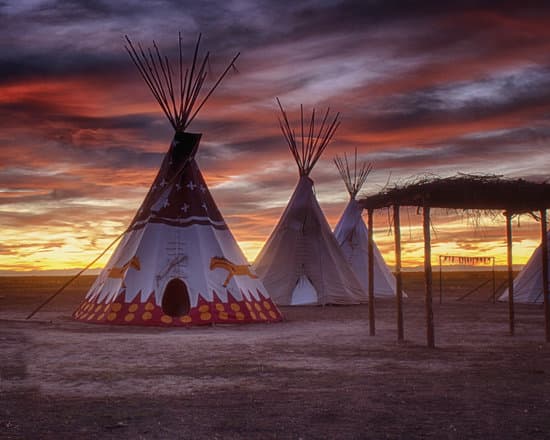
The Cheyenne tribe lived in tent-like homes called tepees. The Tepee was constructed from wooden poles that were covered with weather-proof animal skins such as buffalo hides.
Most tepees were approximately 12 to 16 feet in diameter at the base. This type of home suited the nomadic lifestyle of the Cheyenne tribe. A tepee was quick to erect and easy to dismantle.
In 1832, the Cheyenne tribe separated into two groups, the Northern Cheyenne, who lived along the Platte River; and the Southern Cheyenne, who lived along the Arkansas River in Colorado and Kansas.
The Cheyenne tribe was divided into warrior clans called:
- The Fox Men
- The Flint Men
- Medicine Lance Men
- The Buffalo Bull Men
- The Bowstring Men
- The famous Dog Men who became known as the Cheyenne Dog Soldiers were extremely courageous and would fight to the death to protect their people.
Cheyenne ceremonies
The ceremonies of the Cheyenne tribe and many other Great Plains Indians included:
- The Sweat Lodge ceremony – A heated, dome-shaped structure used by the tribes during certain purification rites and as a way to promote healthy living.
- The Vision Quest – A spiritual journey belonging to Native American Indians in which participants, often adolescents, are said to receive sacred knowledge and strength from the spirit world.
- The Sun Dance Ceremony – Is a ceremony practiced by some Native American Indians, primarily those of the Plains cultures. It usually involves the community gathering together to pray for healing. Individuals make personal sacrifices on behalf of the community.
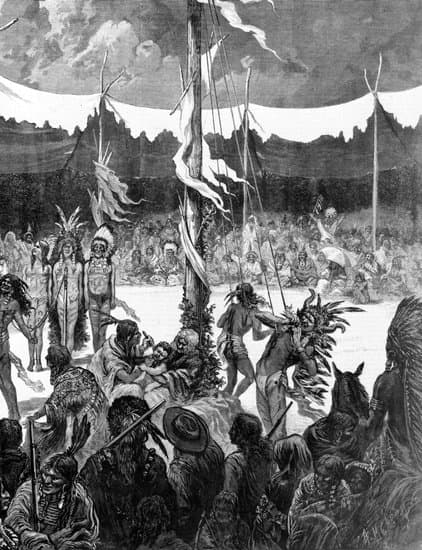
The ceremonial pipe (Calumet), was ritually filled with tobacco and was passed among participants at all sacred ceremonies of the Cheyenne. The Calumet was often used to seal a peace treaty, ‘Peace Pipe’, but it was also used to offer prayers in religious ceremonies and in war councils.
Weapons used
- The weapons used by the Cheyenne tribe included bows and arrows, stone ball clubs, jaw bone clubs, hatchet axes, spears, lances, and knives.
- War Shields were used on horseback as a means of defense.
- The rifle was added to their weapons with invasion from the white man.
- Horse whips were commonly used by the Cheyenne tribe to move their horses forward during battles or during the chase for buffalo.
Clothing
The women of the Cheyenne tribe were responsible for making the clothes worn by the people. They were made from soft, tanned skins of deer (buckskin) and buffalo.
The Cheyenne women wore knee-length dresses and leggings and also wore buffalo robes to keep warm and dry.
The women’s dresses that were used for special occasions were decorated with beads and painted with signs and symbols that reflected their tribal identity and family values celebrating sacrifices made for the well-being of the family and tribe. Their hair was in two braids decorated with beads.
Clothing could be beautifully decorated with paint, beadwork, or porcupine quills. Both men and women were adorned with ornaments, and they wore armbands and elaborate necklaces.
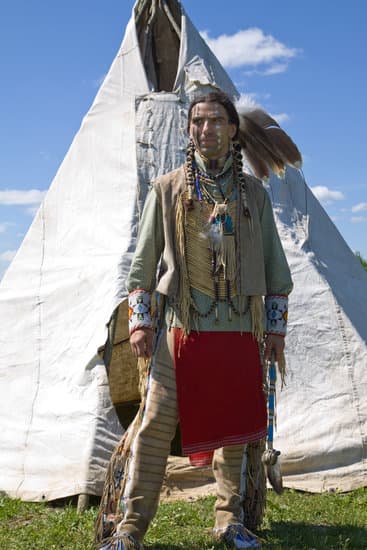
The clothes worn by the men consisted of breechcloths, fringed buckskin tunics or shirts, and leggings. Buffalo robes were also worn to protect against the rain and the cold.
The adult men also wore beaded, long feathered eagle feather war bonnets decorated with beadwork as a symbol of courage, honor, and accomplishment. All clothing was discarded in battle.
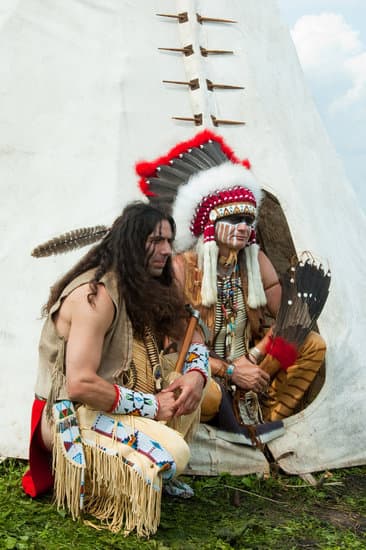
Religion
The religion and beliefs of the Cheyenne tribe encompassed the spiritual or religious idea that the universe and all natural objects animals, plants, trees, rivers, mountains rocks, etc have souls or spirits.
The Cheyenne believed in Manitou, the Great Spirit. The presence of a Spirit is perceived in all aspects of daily life. The Supreme Being is often defined simply as “God” in Western beliefs and is used with this meaning by many other religions and to refer to different deities. The Cheyenne name for the Supreme Being is “Maheo”.
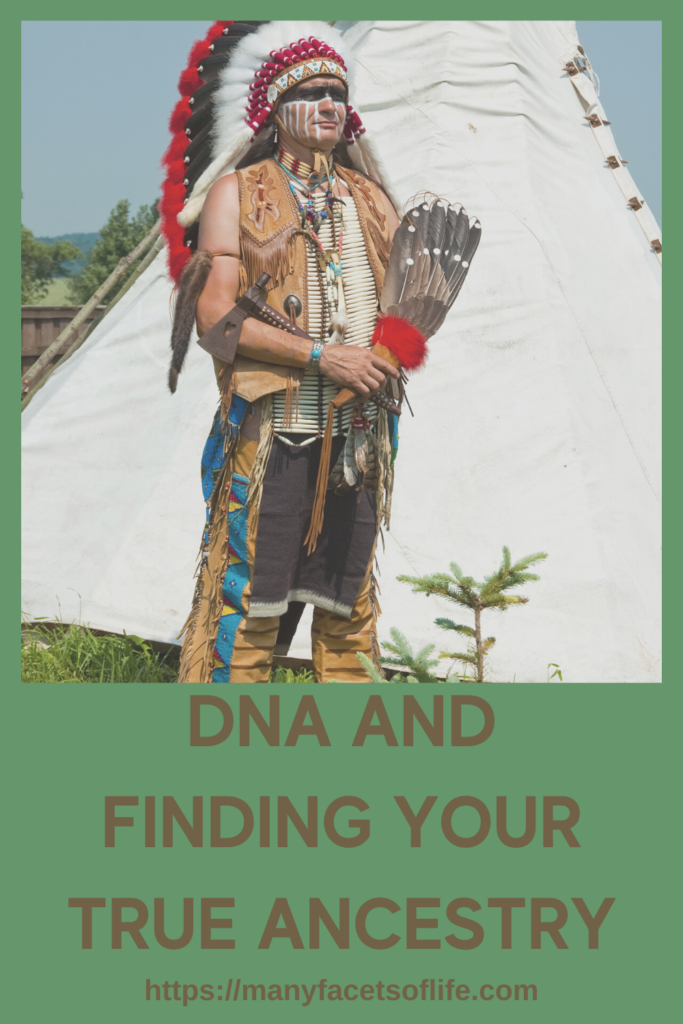
Popular leaders and chiefs
The most famous leaders and chiefs of the Cheyenne tribe included Dull Knife (aka Morning Star), Chief Roman Nose, Little Rock, Black Kettle, Black Bear, Chief Little Wolf, Crazy Wolf, Crooked Nose, and Chief Little Horse.
There were constant battles between the different tribes of the Great Plains and the Cheyenne eventually made an alliance with the Sioux, the Arapaho, and the Comanche against their mutual enemies the Crow, Pawnee, Shoshone, and Ute.
Closing Thoughts
I did find this link National Human Genome Research Institute explaining why you might not get the results you might be looking for when looking for Native American ancestry. It is informative information. The Native American tribes are very private and believe in honoring the tribe and do not want to be dishonored.
A lot of Native Americans steer clear of participating in ancestry companies, as they don’t want to be identified by a spit test instead of the cultural factors. They are very proud people, and I respect that.
So I guess I just have to take my dad’s word until if and when things might change in the future. I hope you enjoyed reading a small part of their history.
If you have ever driven through Arizona and seen the reservation they live on, it is so sad that the white man came in and invaded their land, and ended up taking over and occupying the US, taking their dignity and pride away.
I don’t blame them for not wanting to participate in the testing since they were stripped of their livelihood. They deserve respect and honor!
We all need to be interested in learning the history and hardships of other cultures as this might be helpful for people to understand and be accepting of the diverse population we have throughout communities in our country.
The migration to this country has been at the heart of our country’s growth and strength from the beginning. We know that people come here to pursue new opportunities for a good life, not one of hate, and discrimination.
With the recent protests hopefully, we will listen and learn to unite as one supporting and accepting each other in following our dreams and being treated equally! God Bless!
Have any of you done DNA tests like I did and found out your heritage is not what you were told by your parents or other relatives? At least it can be more accurate with the DNA testing.
Join my email list for my free newsletter and other posts on the right sidebar.
Here is a link to another post of mine on Different Relationships You Can Develop In A Lifetime
If you found this post useful, please comment below with your feedback, and share it with others. Thanks!
See you soon, Denise
Posts may contain affiliate links. As an Amazon Associate, we earn from qualifying purchases and collect a small commission at no cost to you. This helps my blog to keep going. Thank you! For more info, read my disclosure policy.
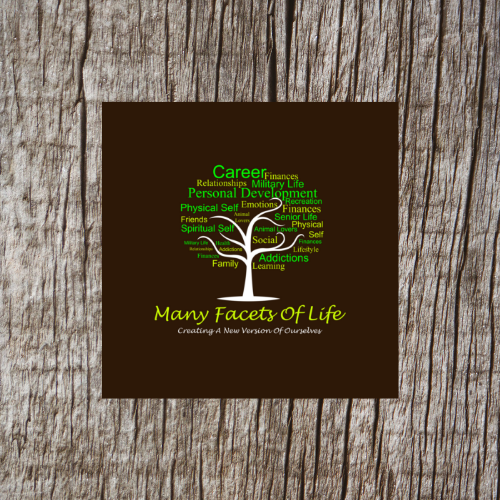

I think the DNA tests are great ideas. I’ve done mine and I’ve known people that were united with family members they never knew they had.
Thank you, Mike, for your feedback! Yes, I have found many cousins I did not know I had. It has been an interesting and eye-opening journey.
Excuse but what DNA company did you use????
Ancestry and I enjoyed connecting with you on YouTube and learning some more history on the Native American way of life. Thank you for sharing!
This sounds like an incredible adventure – to learn all this about your ancestry! Good for you for going for it!
Thank you, Lisa, for your comment! Yes, it is quite an adventure, and I have loved finding out more about our ancestors and finding cousins I never knew I had.